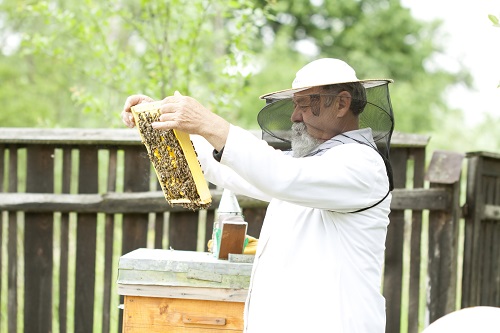Important Changes to ELAP for Honey Bee Producers Announced by USDA
February 28, 2020
Significant changes to the ELAP announced that will be very important for honey bee producers. Read more...
The new guidelines for the Emergency Assistance for Livestock, Honeybee, and Far Farm-Raised Fish Program (ELAP) have been released by the U.S. Department of Agriculture (USDA) Farm Agency Service (FSA). FSA Administrator Richard Fordyce recommended honey bee producers take note of these changes ASAP. He stated, “Honeybee producers should pay close attention to the ELAP program changes to ensure they meet the new deadline requirements. These changes better align two key disaster assistance program deadlines to provide consistency and ease of management for honeybee producers.”
Honey Bee ELAP Changes
To ensure we do not make a mistake on these changes, the information below is taken right from the report on SouthEastAgNet.com.
ELAP was previously administered based on FSA’s fiscal year but will now run according to the calendar year. Producers are still required to submit an application for payment within 30 calendar days of the end of the program year. This is not a policy change but will affect the deadline. The signup deadline for calendar year 2020 losses is January 30, 2021. Starting in 2020, producers will have 15 days from when the loss is first apparent, instead of 30 days, to file a honeybee notice of loss. This change provides consistency between ELAP and the Noninsured Crop Disaster Assistance Program, which also has a 15-day notice of loss period for honey. For other covered losses, including livestock feed, grazing and farm-raised fish losses, the notice of loss deadline for ELAP will remain 30 days from when the loss is first apparent to the producer. Program participants who were paid for the loss of a honeybee colony or hive in either or both of the previous two years will be required to provide additional documentation to substantiate how current year inventory was acquired. If the honeybee colony loss incurred was because of Colony Collapse Disorder, program participants must provide a producer certification that the loss was a direct result of at least three of the five symptoms of Colony Collapse Disorder, which include:
-
the loss of live queen and/or drone bee populations inside the hives;
-
rapid decline of adult worker bee population outside the hives, leaving brood poorly or completely unattended;
-
absence of dead adult bees inside the hive and outside the entrance of the hive;
-
absence of robbing collapsed colonies; and
-
at the time of collapse, varroa mite and Nosema populations are not at levels known to cause economic injury or population decline.
To learn more about this program, you can go directly to Farmers.gov/recover.


.jpg)



